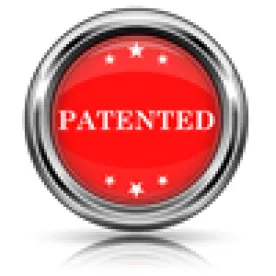Takeaway: Evidence of alleged secondary considerations of non-obviousness will not persuade the Board when there is no evidence of a nexus between the claimed invention and the alleged long-felt need, praise, copying, or commercial success.
In its Final Written Decision, the Board determined that claims 1-24 of the ’018 patent are unpatentable.
The ’018 patent relates generally to a brush holder assembly for use in electrical devices and slip ring assemblies. In particular, the patent describes that a brush is used in an electrical device to pass electrical current from a stationary contact to a moving contact surface, and vice versa.
The Board began with claim construction. The Board reiterated that, in an unexpired patent, claim terms are given their ordinary and customary meaning as would be understood by one of ordinary skill in the art in the context of the entire disclosure. First, Patent Owner argued that “the construction of ‘mounting block’ must reflect the ‘specification’s requirement that the mounting block must be fixed to a location.’” Based on its review of the specification, the Board was not persuaded by Patent Owner’s arguments and instead construed the term according to its ordinary meaning as “a base for affixing to another structure.” Next, Patent Owner argued that the term “removable” means “without requiring removal of attachment hardware like nuts and bolts.” The Board concluded that Patent Owner’s proposed construction was not supported by the specification and ultimately construed the term “removably mounted” to mean “mounting in a manner that is not permanent.”
The Board then analyzed whether the challenged claims were obvious over Bissett, Kartman, and Ohmstedt. The Board was not persuaded by Patent Owner’s argument that the disclosure of Bissett requires compliance with the “one hand rule.” It also was not persuaded by Patent Owner’s argument that the cited references are “incompatible” or that the proposed combination would not result in the claimed invention.
Next, the Board considered Patent Owner’s arguments concerning alleged objective evidence of nonobviousness. After reviewing the legal standards, including the nexus requirement, the Board analyzed the evidence relating to Patent Owner’s arguments that there was a long-felt need for the invention, industry praise, copying, and commercial success. The Board concluded that there was not a showing of nexus and that “the objective evidence proffered by Patent Owner is insufficient to establish nonobviousness.”
The Board thus concluded that claims 1-18 were obvious over Bissett, Kartman, and Ohmstedt.
MotivePower, Inc. v. Cutsforth, Inc., IPR2013-00274
Paper 31: Final Written Decision
Dated: October 30, 2014
Patent: 7,990,018
Before: Trenton A. Ward, Miriam L. Quinn, and Carl M. DeFranco
Written by: Ward
Related Proceedings: Cutsforth, Inc. v. MotivePower, Inc., No. 0:12-cv-01200-SRN-JSM (D. Minn.); IPR2013-00267; IPR2013-00268; IPR2013-00270; IPR2013-00272



 />i
/>i

